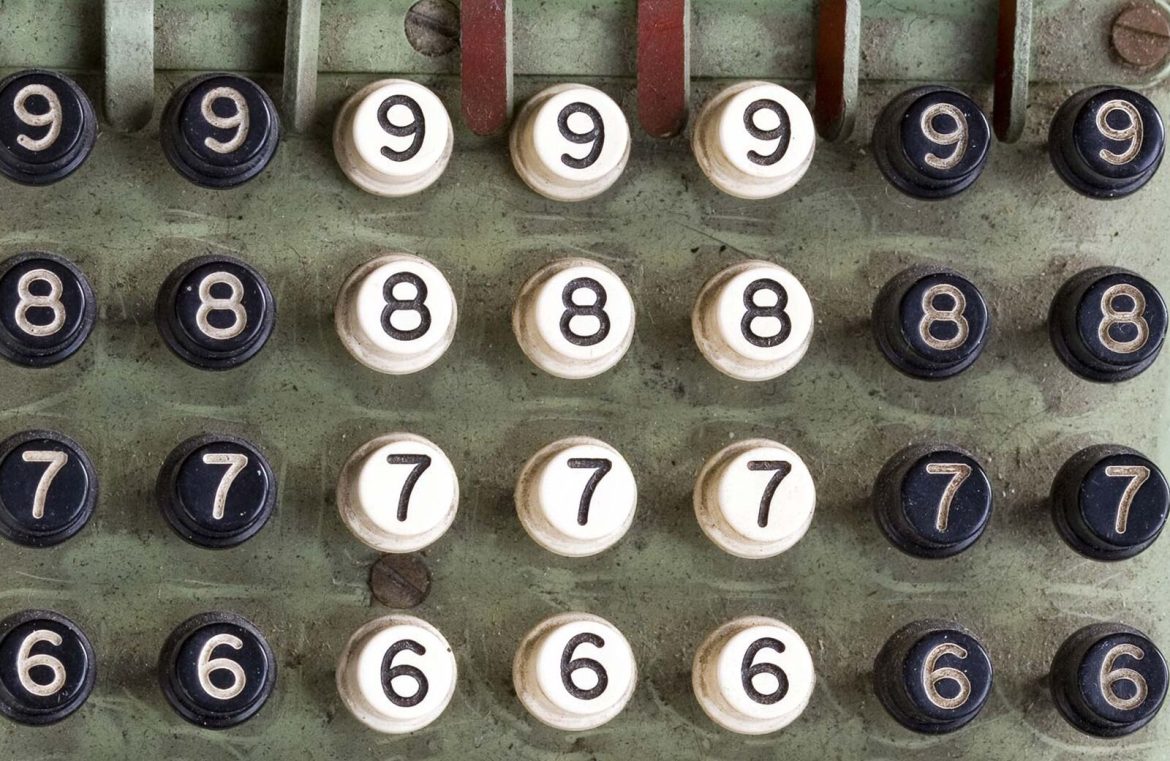 Recently unveiled, jQuery 2.0 marks a significant leap forward for the widely-used JavaScript framework.
Recently unveiled, jQuery 2.0 marks a significant leap forward for the widely-used JavaScript framework.
This latest version marks a notable shift in compatibility, with the abandonment of support for older Internet Explorer versions 6 through 8. While these versions are on the decline, engagement with IE7 and upwards is still a requirement for some client projects.
The advantage gained from this decision is a leaner core file, shrinking by over 8kb in its minified version which translates to improved speed.
Announcing jQuery 2.0 as a tool “crafted for the modern web,” the move away from older IE versions is clear, however, the reality is that a not-insignificant number of users globally continue to rely on IE8, challenging the term ‘legacy’.
For developers who still need to ensure functionality for IE6-8, remaining with jQuery 1.9 is the path forward, with the expectation that the upcoming jQuery 1.10 release will accommodate their needs by maintaining legacy support.
Debate around the split paths of jQuery 2.0 and the imminent 1.10 is likely, with questions about which path developers should follow. jQuery 2.0 shines as the novel option, but it begs the question if the performance boost justifies excluding legacy browser users. jQuery 1.9, also recent, includes most updates and may be seen as the safer option.
In reality, the transformative shift arguably occurred during the 1.9 update with the retirement of outdated methods. Therefore, both jQuery 2.0 and 1.10 might simply represent staging points for future enhancements.
At present, jQuery 1.9 appears to remain the pragmatic default for a majority of developers, but how long this holds true is yet to be determined.
Are you planning to integrate jQuery 2.0 in your future ventures? What is the oldest IE version that you cater to in your development process? We’re eager to hear from you in the comments section below.
Featured image/thumbnail, image representing legacy technology via Shutterstock.

